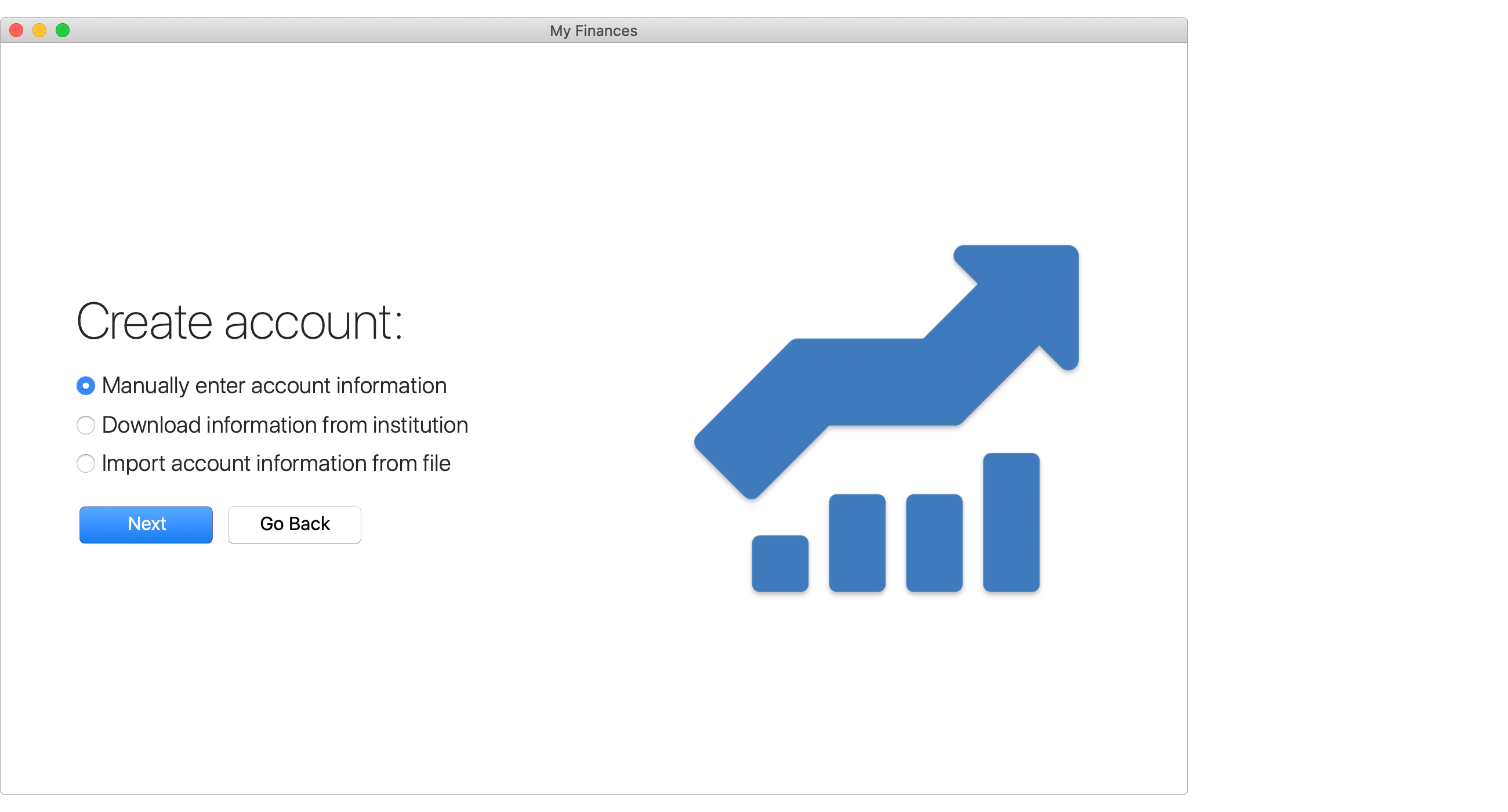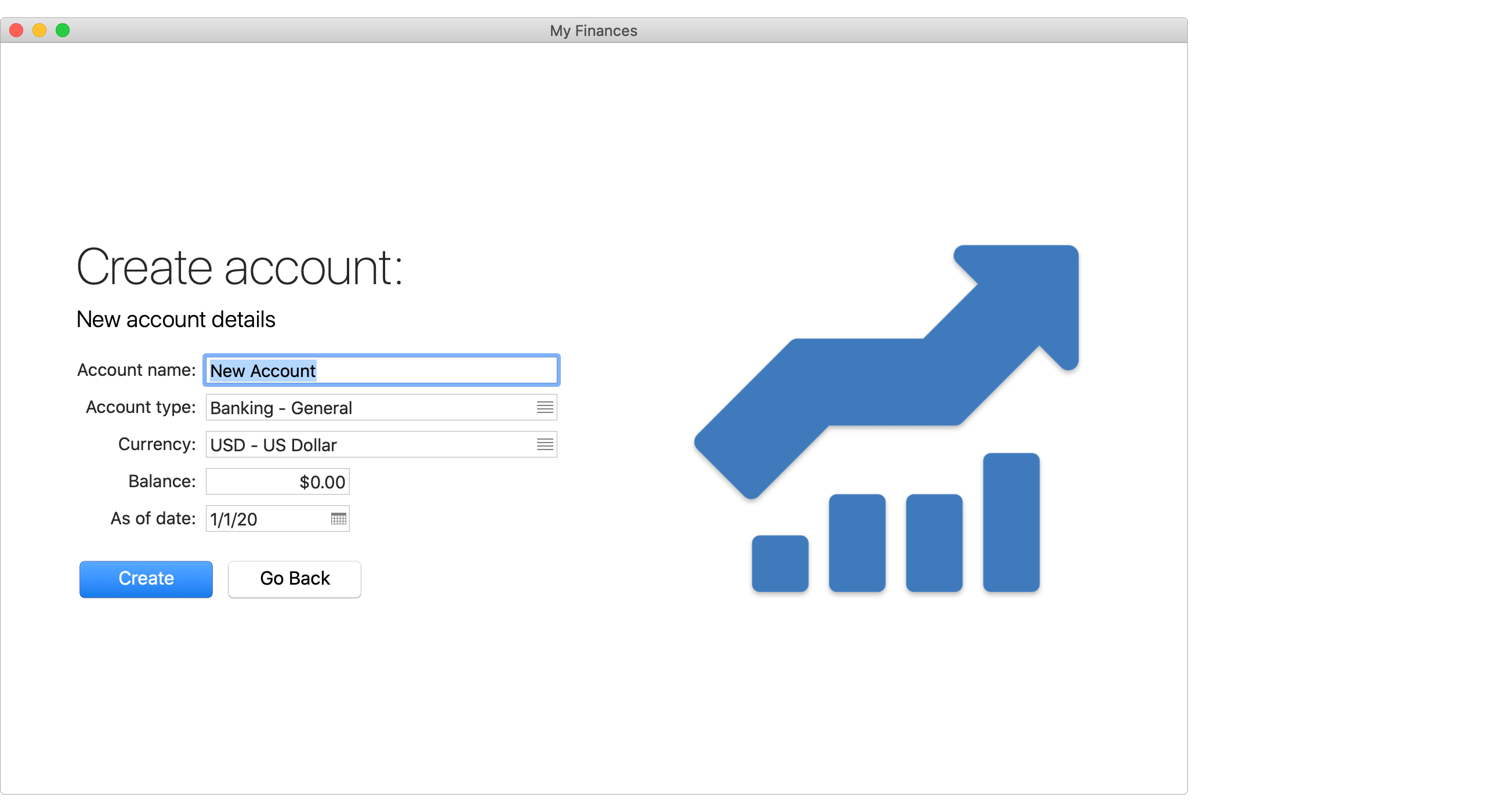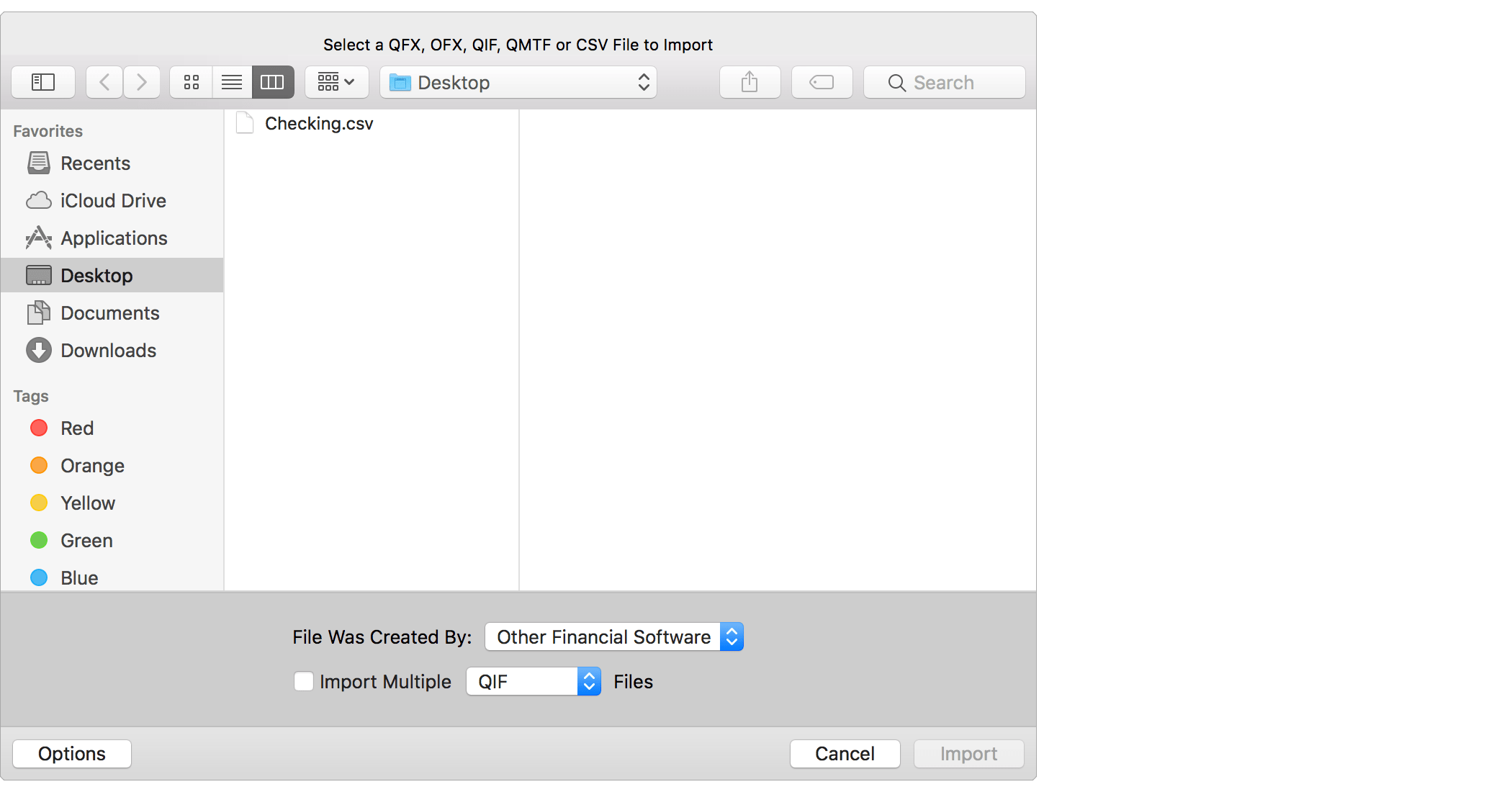Import your finances from Money® into SEE Finance by exporting a CSV file for each account in Money®. You can setup the same accounts in SEE Finance and then import the CSV file that was exported from Money® for each account. Follow the information below to learn more about how to make the switch.
Export from Money®:
Money® only allows for exporting CSV files. You will need to export each of your accounts from Money® to a CSV file using the steps below:
- Open Money®.
- Select the individual account you want to export in the main left hand account list.
- Select "Export" from the program's File menu.
- Set the name and location for the export.
- Then click "Save" to export the account's transactions to a CSV file.
- Repeat for each account you need to export and then Quit Money® as desired.
![]() Note:
The exact steps might vary depending on the version of Money® you are currently using.
Check with their support for any issues exporting a CSV files.
Note:
The exact steps might vary depending on the version of Money® you are currently using.
Check with their support for any issues exporting a CSV files.
Setup a SEE Finance 2 file:
With your Money® accounts exported to CSV files, you will want to setup a new file in SEE Finance with those same accounts and then you will be able to import the transactions into those accounts.
- Install SEE Finance 2 if you have not done so already.
- Open SEE Finance 2. When you first open the program, after any license and registration prompts, you will be shown the "Welcome to SEE Finance" window which is the first step in creating a file. At any time you can select "New File" from the program's File menu to begin creating a new file. Select to "Get Started".

- Select the option to get started by "Creating a new account". Then click "Next".

- Select the option to "Manually enter account information". Then click "Next".

- Enter in the details for the account.

Enter the name for an account from Money® that you will be importing a CSV file of transactions into. Select the account type for the account. Select the currency for the account. Leave the balance set to zero for the account to prevent a starting balance transaction from being created. For credit card accounts, set the credit limit. Then click "Create" to create the account.
- After creating an account, you will be shown a summary. Keep selecting to "Create Another" when shown the summary of accounts created to create any additional accounts from Money® that you will be importing a CSV file of transactions into. When done creating accounts, click "Finished" to complete setting up the new file.

- Next, you will be prompted to save your file to the location of your choice. Selecting to save the file to the "SEE Finance" folder within your "iCloud Drive" folder is the recommended location if you'd like to sync your file to all of your Mac and iOS devices. Within the macOS program, the "SEE Finance" folder within your "iCloud Drive" folder will sometimes be listed as the "SEE Finance - iCloud" option.
Import into SEE Finance 2:
Now with the same accounts setup in your SEE Finance file as you had in Money® you can import the CSV files into each account.
- Select the account that will receive the import from the main account list.
- Select "Import" → "Transactions" from the program's File menu.
- Use the open file panel to select the CSV file you exported from Money®. On the bottom of the open file panel, set the "File Was Created By" option to "Other Financial Software". Then click "Import".

![]() Note:
Make sure to set the "File Was Created By" option to "Other Financial Software".
Doing so will have the program perform additional verification of the data and check for known issues in the exports from other programs.
Note:
Make sure to set the "File Was Created By" option to "Other Financial Software".
Doing so will have the program perform additional verification of the data and check for known issues in the exports from other programs.
- Review the transactions found in the CSV file.

- Set the "Start Row" to be the row of the first transaction you want to import.
- Set the "End Row" to be the row of the last transaction you want to import or just leave as a large number to import if the last row of the CSV file is the last transaction to import and there's not other information the bottom of the file.
- Make sure the "Decimal Separator" option is set correctly for the transactions shown in the file (a period or a comma).
- Next, specify what value each column represents in the CSV file such as "Column 1" having the "Date" values and "Column 4" having the "Category" values. If there's a single amount column set that column for both the "Credit Amount" and "Debit Amount". For investment transactions, make sure to also match both the "General Info Columns" and the "Security Info Columns". If the Action column is not set for investment transactions it will use the Type column choice for the action. If a particular value is not listed in the CSV file, then set that value to "NA" (not available). It is required to at least set the columns for the "Date", "Credit Amount" and "Debit Amount" values.
- Select the "Date Format" that most closely resembles the dates shown for transactions in the file.
- Check if you'd like all transactions to be marked as reconciled.
- Then click "Import" to import the selected transactions.
![]() Note:
Be sure to select the proper date format matching the dates shown in the file.
Select the "MM-DD-YY" option for dates such as "1/31/18" and select the "MM-DD-YYYY" option for dates such as "1/31/2018".
The "-" in date format options can take the place of various kinds of separators including slashes and spaces.
Note:
Be sure to select the proper date format matching the dates shown in the file.
Select the "MM-DD-YY" option for dates such as "1/31/18" and select the "MM-DD-YYYY" option for dates such as "1/31/2018".
The "-" in date format options can take the place of various kinds of separators including slashes and spaces.
![]() Tip:
Use the space bar to toggle the "Import" checkbox for the selected account or for the selected transaction(s).
Tip:
Use the space bar to toggle the "Import" checkbox for the selected account or for the selected transaction(s).
- Repeat for each account you need to import.
Review the accounts for accuracy
Review the imported information for accuracy when compared to Money®. Our file importing feature is widely regarded as very good, but importing information from CSV files is never ideal. CSV files are the file type of last resort as they are not a specific financial file type and are rather just plain text spreadsheet files that can contain anything. That makes importing CSV files more complicated and error prone. If there are any discrepancies, we recommend to check the more complex items such as investment accounts first. If desired, security prices can be set manually to match the exact prices in Money® for the comparison between the two programs. If you realize the import didn't include all of your information from Money®, such as the date range of transactions was not set correctly during the export, then it would be best to delete all of the imported transactions in the account and redo the export and import it into the account.
![]() Note:
Split transactions do not currently export/import from Money® into SEE Finance 2.
Note:
Split transactions do not currently export/import from Money® into SEE Finance 2.
Begin using SEE Finance 2
With you data now imported into SEE Finance 2, keep updating your finances in the program to stay on track and get ahead. After setting up your accounts you can establish account download connections to institutions. Setup scheduled transactions to keep up on your upcoming financial activity. Categorize your transactions to track your cash flow in detail. Create budgets to track your spending and save for the future. You can setup various types of reports to monitor your finances. Plus there's many options that allow you to tailor fit the program just for you to assist you in staying on top of your finances.